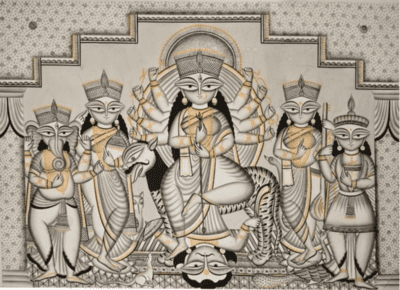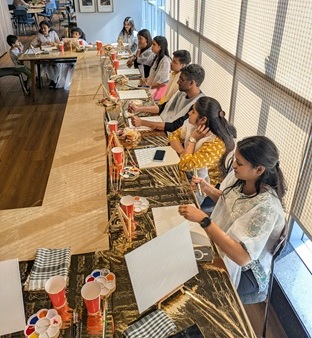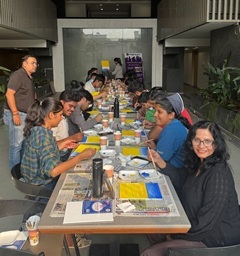The forgotten art of Mithila, Bihar


About Indian Folk Art from India
Introduction
Bengali Patachitra, a traditional form of scroll painting hailing from the eastern Indian state of West Bengal, is a captivating world of art that tells stories, legends, and myths through vibrant visuals. Patachitra, derived from the Bengali words “pata” (cloth or canvas) and “Chitra” (picture), is an art form deeply rooted in the cultural heritage of Bengal. In this blog, we will take a colourful journey into the fascinating world of Bengali Patachitra, exploring its history, techniques, themes, and cultural significance.
A Glimpse into History
Bengali Patachitra has a long and storied history that dates back several centuries. Its origins can be traced to the traditional scroll paintings made by wandering minstrels or Patuas, who traveled from village to village narrating stories from Hindu epics, folklore, and mythology. These itinerant artists would unfurl their scrolls and sing songs, known as “Pater Gaan,” to accompany their visual storytelling.
Techniques and Materials
Canvas Preparation: The canvas for Patachitra is typically made from untreated fabric, such as cotton or tussar silk. It is coated with a mixture of chalk and tamarind seed paste to create a smooth surface for painting.
Painting: Patachitra artists use natural pigments derived from minerals, plants, and stones to create their artwork. Colors like yellow (from turmeric), red (from vermilion), and black (from lamp soot) dominate these paintings. Intricate details and fine lines are achieved using brushes made from animal hair.
Themes and Motifs: Bengali Patachitra paintings predominantly depict episodes from Hindu mythology and folklore. Stories of gods and goddesses, especially Krishna and Radha, are popular subjects. Scenes from the Ramayana, Mahabharata, and Puranic tales also find their way into Patachitra.
The Symbolism in Patachitra
Bengali Patachitra paintings are not just colorful images; they are laden with symbolism and cultural significance:
Cultural Significance
Bengali Patachitra plays a vital role in preserving and promoting the cultural heritage of West Bengal. These paintings are not just artworks; they are a living tradition passed down through generations. Patachitra artists often come from families with a deep connection to this art form, and they continue to create these stunning scrolls as a means of livelihood.
Furthermore, Patachitra has gained international recognition and appreciation for its unique style and storytelling abilities. It has been showcased in art galleries and exhibitions worldwide, helping to bring the beauty of Bengali folk art to a global audience.
Bengali Patachitra is a testament to the enduring power of traditional art forms. Its vibrant colors, intricate detailing, and rich narratives continue to captivate both art enthusiasts and cultural historians alike. This ancient form of storytelling through art not only preserves the stories of Hindu mythology but also serves as a window into the cultural richness of Bengal. In a world of rapidly changing artistic trends, Bengali Patachitra remains a timeless treasure waiting to be explored and cherished.
The tradition which stayed, The Tradition which kept flowing from village to Village with the efforts of Patuas or Chitrakar
Making the Bengal special art form its signature for the folklore to spread the art had to stick with time
Image credit:

Create, Connect, Collaborate!
